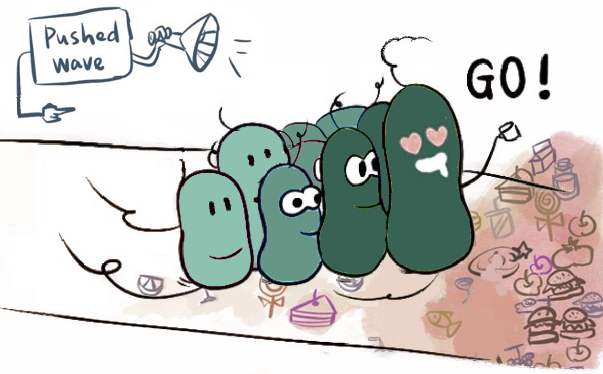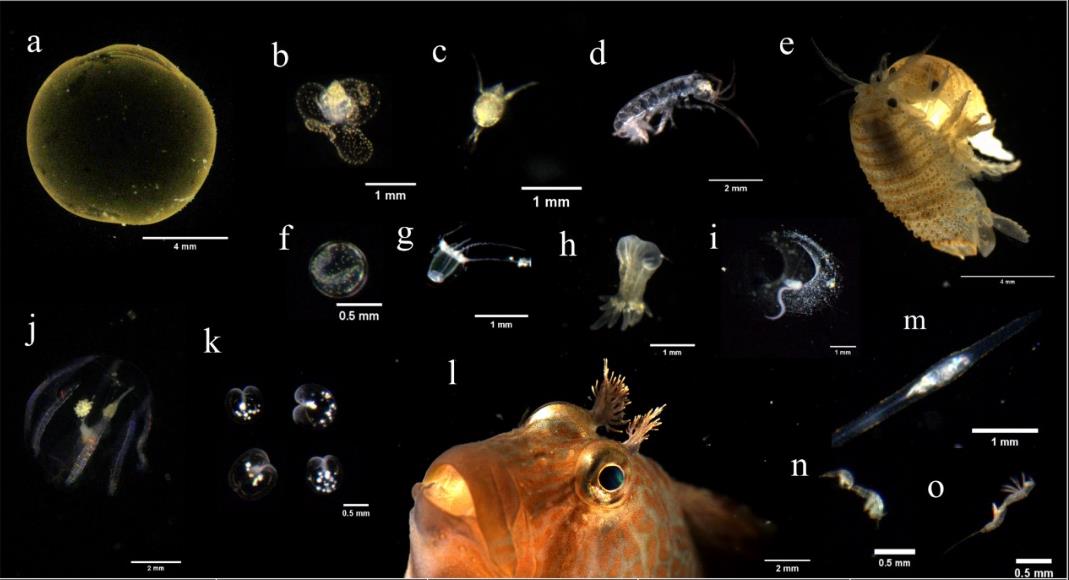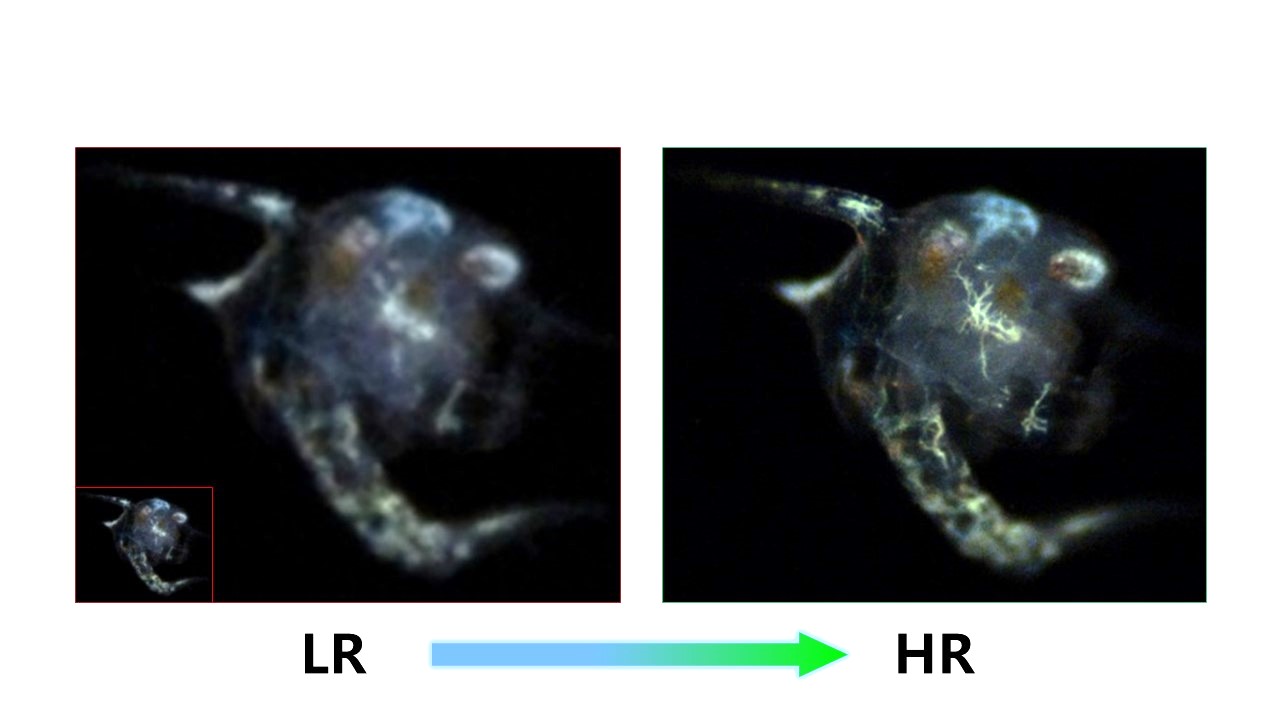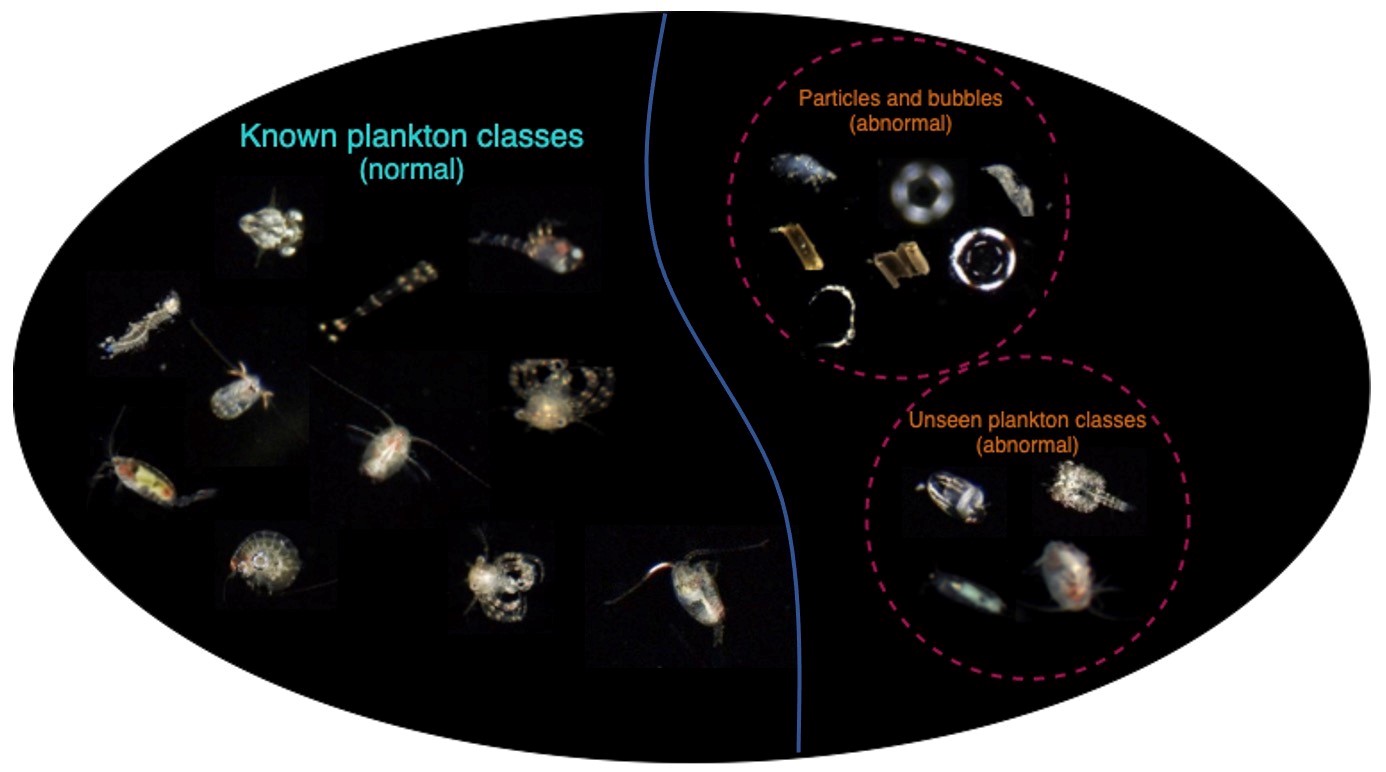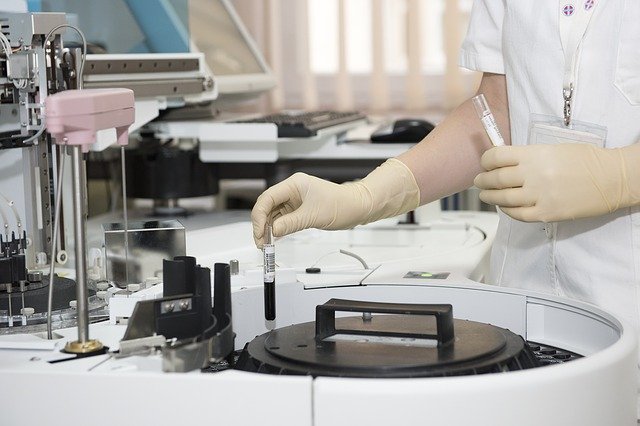
SIAT Research
-
Nov 08, 2021Research Discovers General Principle Organizes Phenotypically Diverse Bacteria during Collective MigrationDr. FU Xiongfei and his team from the Shenzhen Institute of Advanced Technology (SIAT) of the Chinese Academy of Sciences have discovered a general principle that a self-generated "pushed driving f... Organisms living in large groups often have to move together in order to navigate, forage for food, and increase their roaming range. Such groups are often made up of distinct individuals that must...
-
Oct 28, 2021Buoy-borne Underwater Dark Field Imaging System Improves Marine Plankton Monitoring CapabilityA research team led by Dr. LI Jianping from the Shenzhen Institute of Advanced Technology (SIAT) of the Chinese Academy of Sciences has developed a buoy-borne underwater dark field imaging system t... Mesoplankton refers to plankton with a body size between 200–20,000 μm. Since mesoplankton are the key components of coastal ecosystems, their abundance and composition can promptly reflect envir...
-
Oct 27, 2021Underwater Image Super-resolution: an AI-based Technology for Clearer Plankton Observation in Deep OceanDr. Jianping Li’s group from the Shenzhen Institute of Advanced Technology (SIAT) of the Chinese Academy of Sciences has developed a novel image super-resolution method for restoring resolutions o... Being inherently limited by the wave properties of light, underwater microscope and camera compromise between their imaging resolution and field of view for in situ observations. In order to enlarg...
-
Oct 27, 2021Training AI Classifier to Better Sort Plankton ImagesIn a recent paper published by Dr. Li Jianping from the Shenzhen Institute of Advanced Technology (SIAT) of the Chinese Academy of Sciences and his collaborators from Xiamen University in ICCV (Int... Although AI algorithms have achieved quite some progress in plankton image recognition, most of them can only deal with limited number of known classes. In reality, however, the ocean scientists wi...
-
Oct 26, 2021Researchers Reveal the Mechanism of Nicotine on Hippocampal Dependent CognitionDr. LUO Qian’s group from the Shenzhen Institute of Advanced Technology (SIAT) of the Chinese Academy of Sciences reported that the dynamic alterations in neurotransmitters metabolism of mice hipp... Nicotine ingested from smoking exerts neuroprotection and developmental neurotoxicity in central nervous system. It can produce several changes of cognitive behaviors through regulating the release...
-
Oct 25, 2021Researchers Reveal Mechanism of Oligodendrocyte Myelination by Osteocalcin HormoneA research team led by LI Xiang from the Shenzhen Institute of Advanced Technology (SIAT) of the Chinese Academy of Sciences revealed the molecular mechanism of oligodendrocyte myelination by OCN i... Osteocalcin (OCN) is a multifunctional bone-derived hormone that modulates numerous physiological activities. OCN can cross the blood brain barrier (BBB) and thus play critical roles in neuronal an...
-
Oct 19, 2021Researchers Achieve Non-Invasive Blood Glucose Monitoring Based on ECGIn a recent study published in the journal IEEE journal of biomedical and health informatics and selected as a featured article, Dr. NIE Zedong's group at the Shenzhen Institute of Advanced Technol... Patients with diabetes are suggested to monitor blood glucose (BG) regularly and maintain BG level within the physiological range through antidiabetic drugs. Therefore, monitoring BG ranges of pati...
-
Oct 15, 2021Researchers Reveal Novel Checkpoint Molecule of Natural Killer Cell Anti-Tumor ImmunityIn a study published in the journal Science Advances, Dr. TIAN Zhigang’s group at the Shenzhen Institute of Advanced Technology (SIAT) of the Chinese Academy of Sciences reported that tumor necros... Currently, rapid development of immunotherapy is revolutionizing the area of tumor therapy. However, most patients couldn’t benefit from available immunotherapy strategies due to limited efficacy ...
